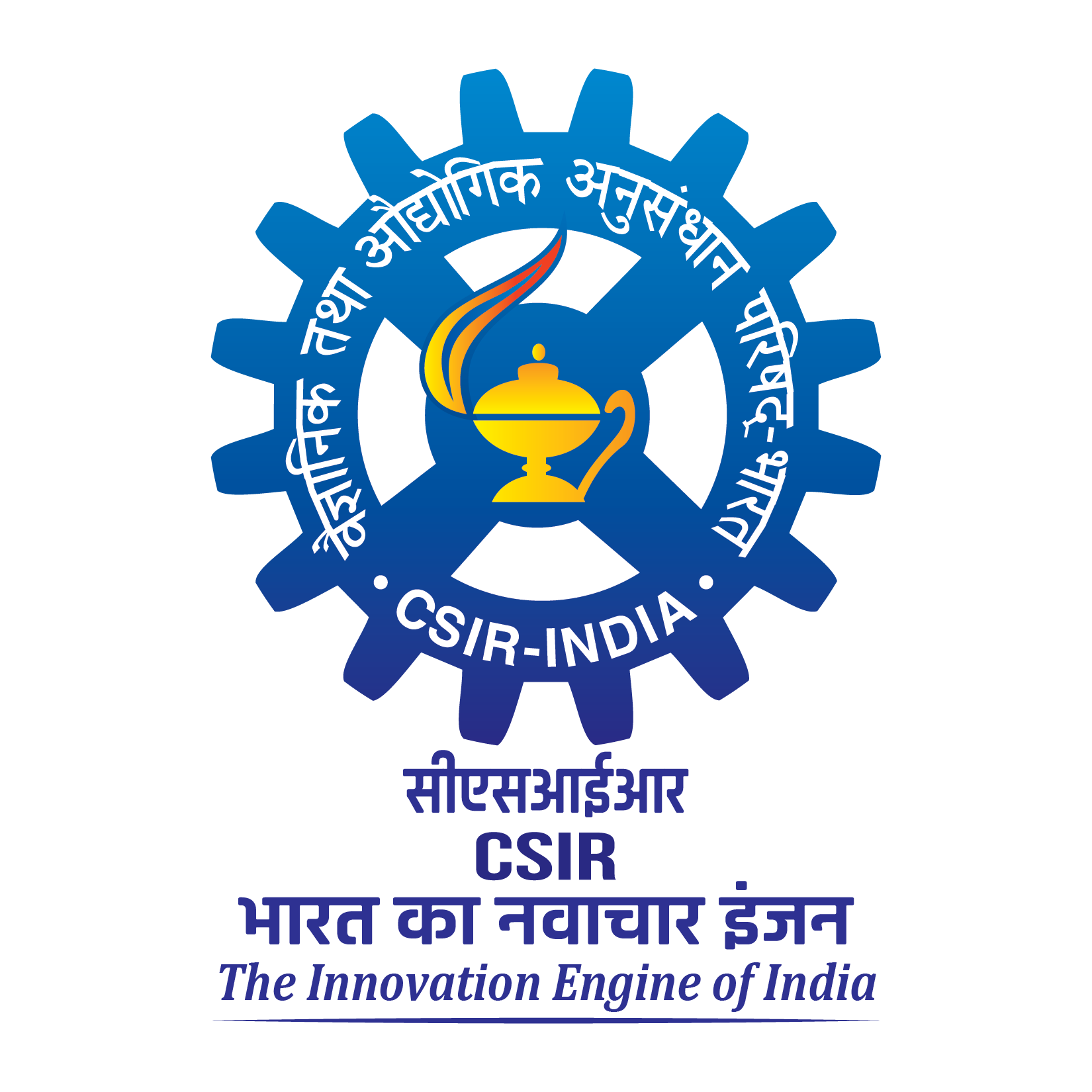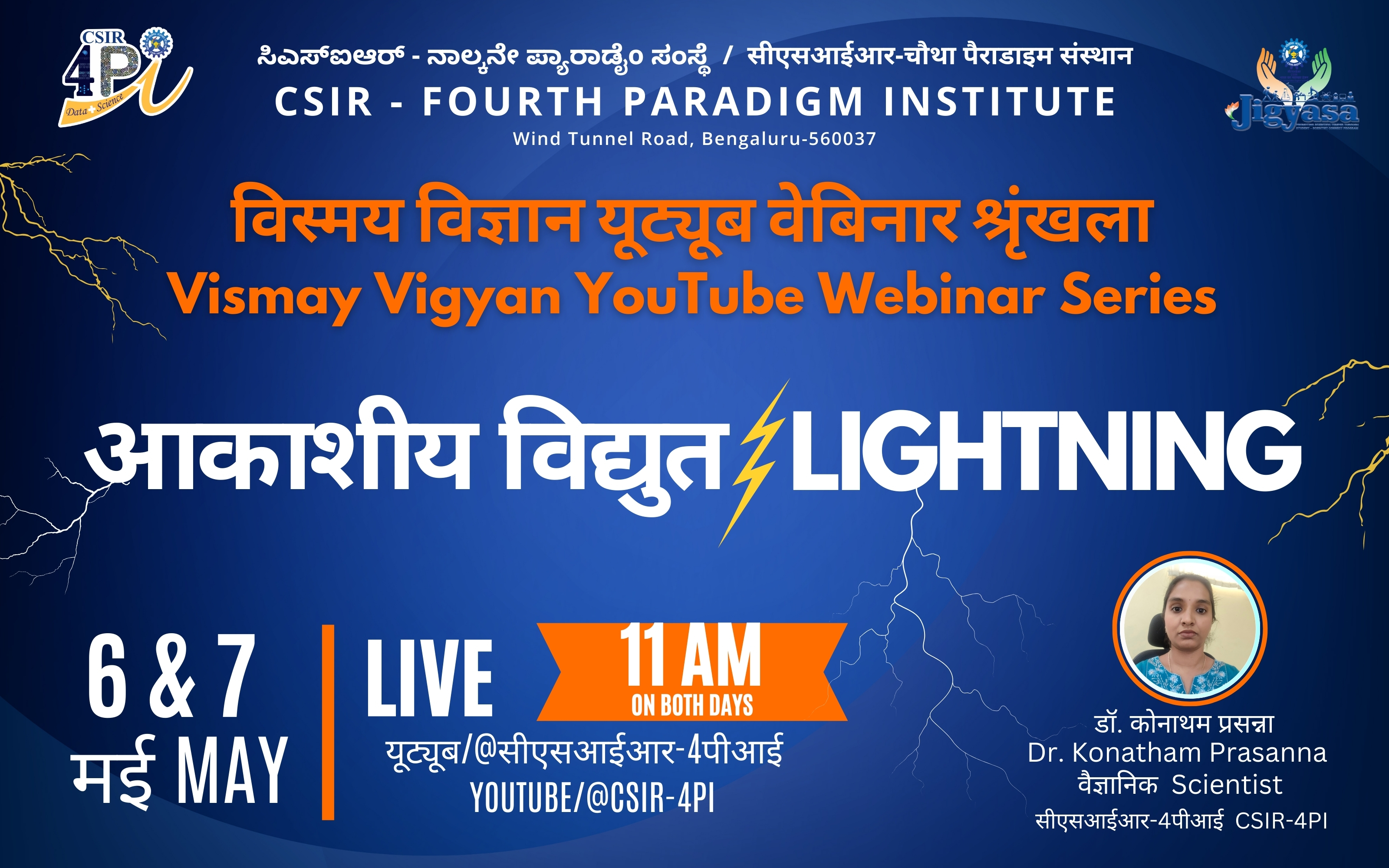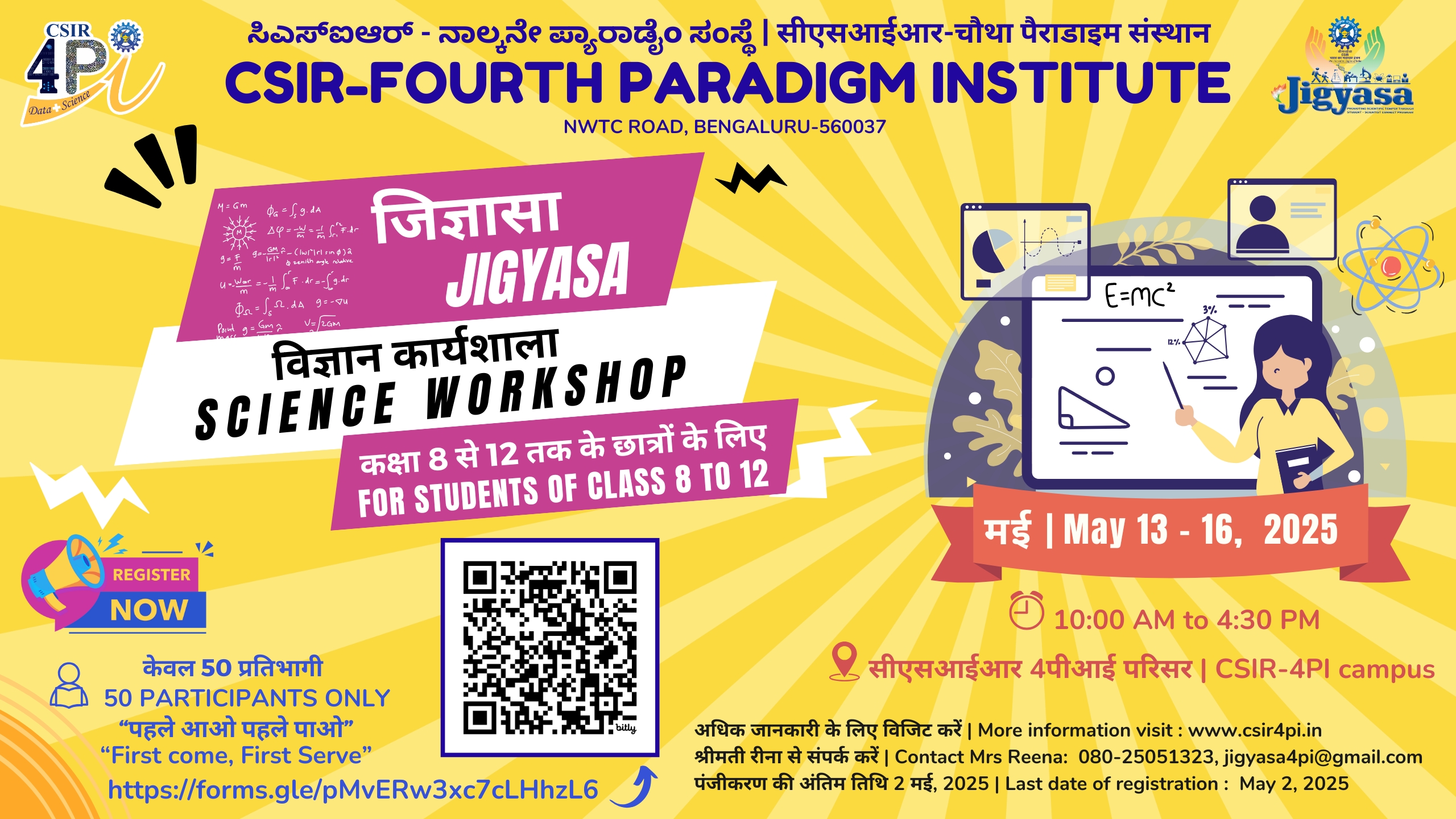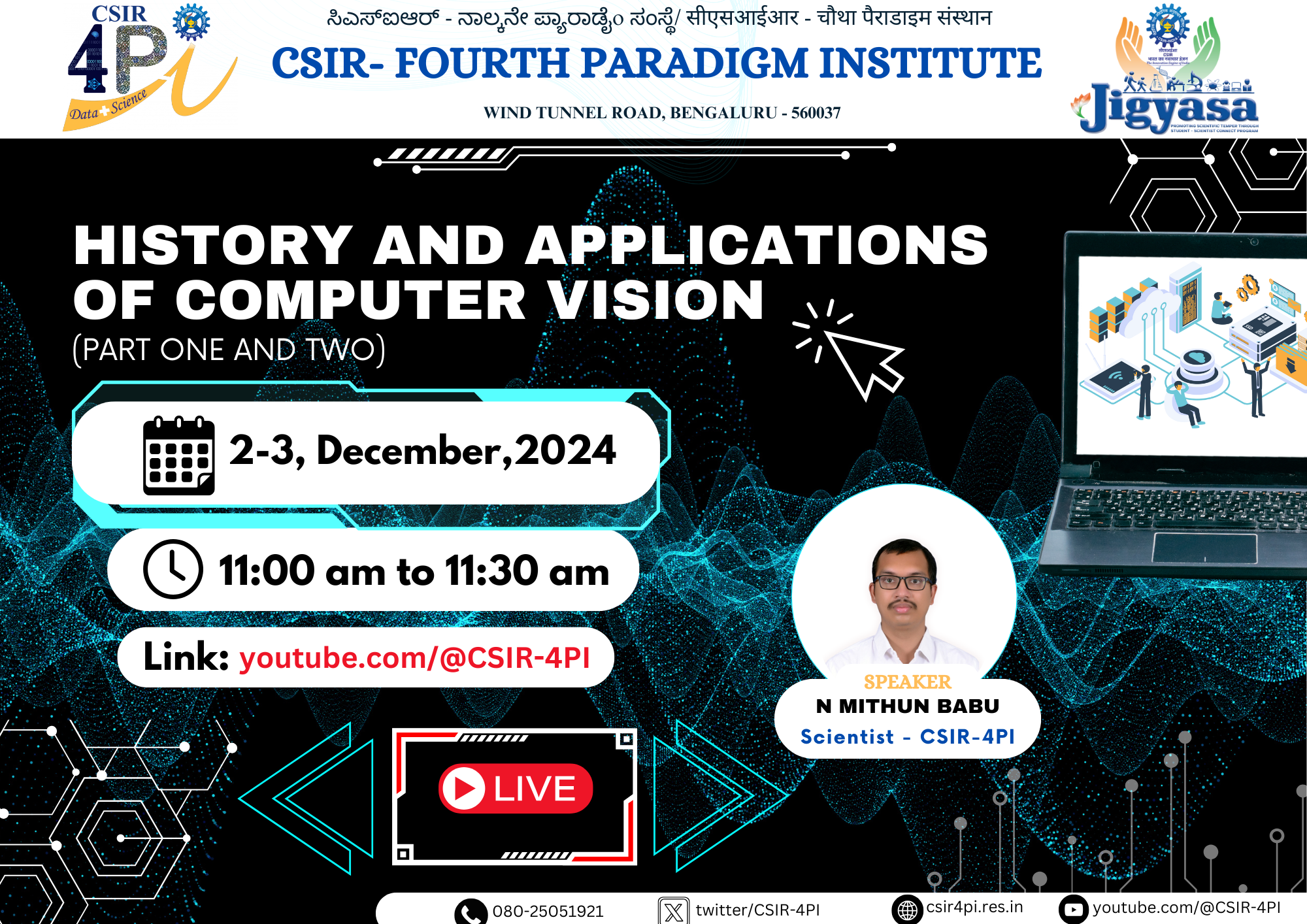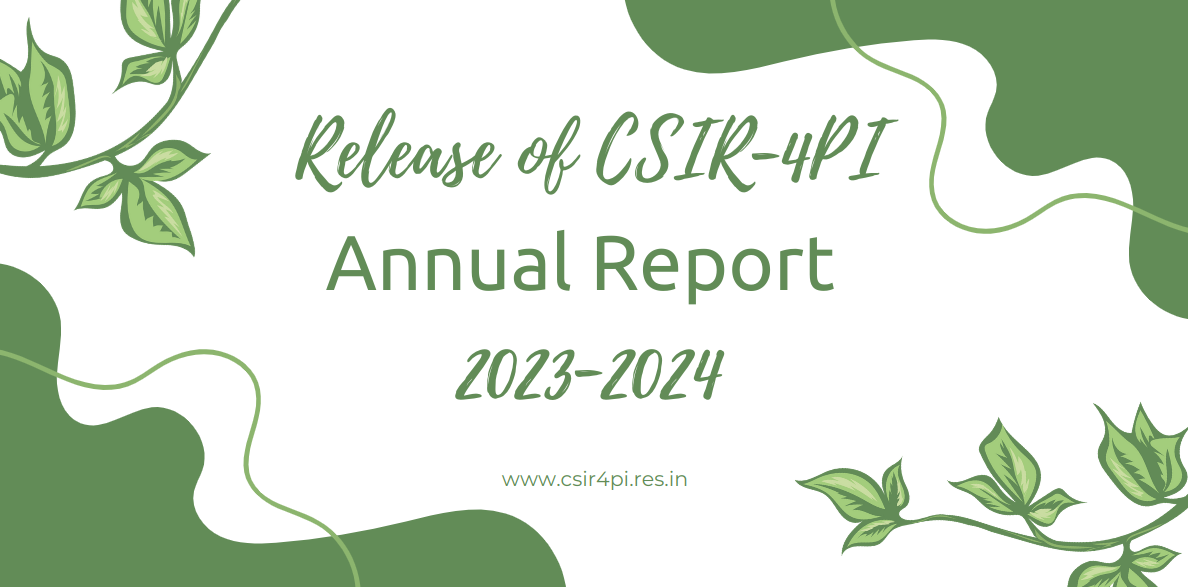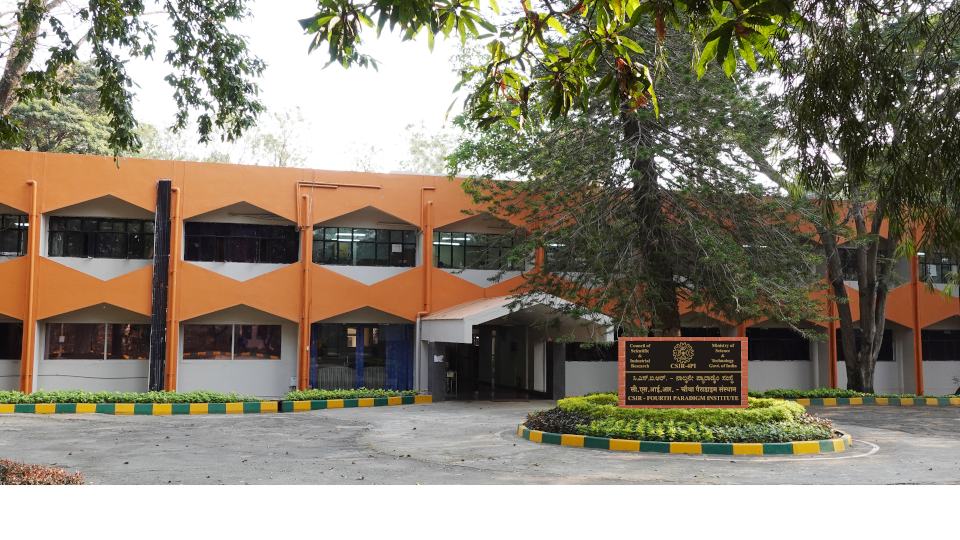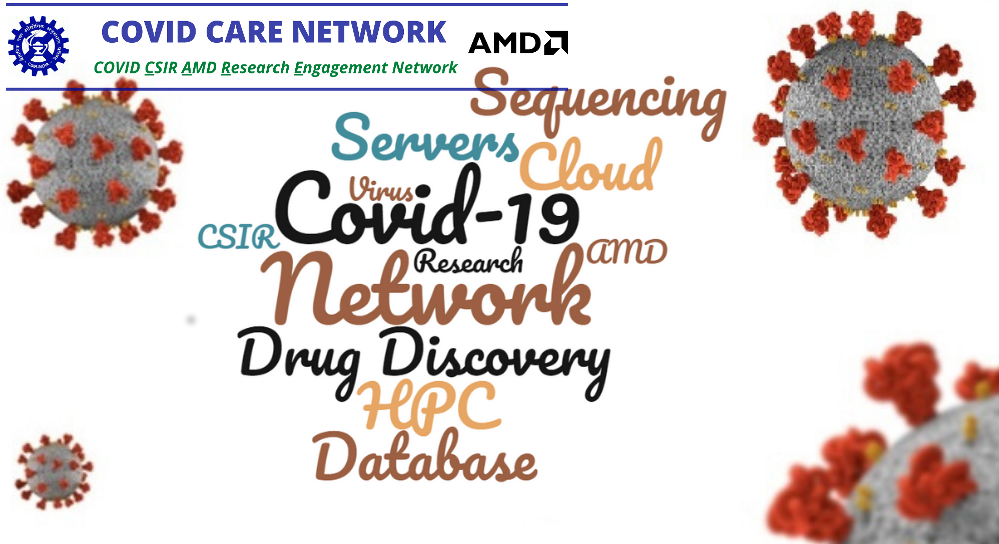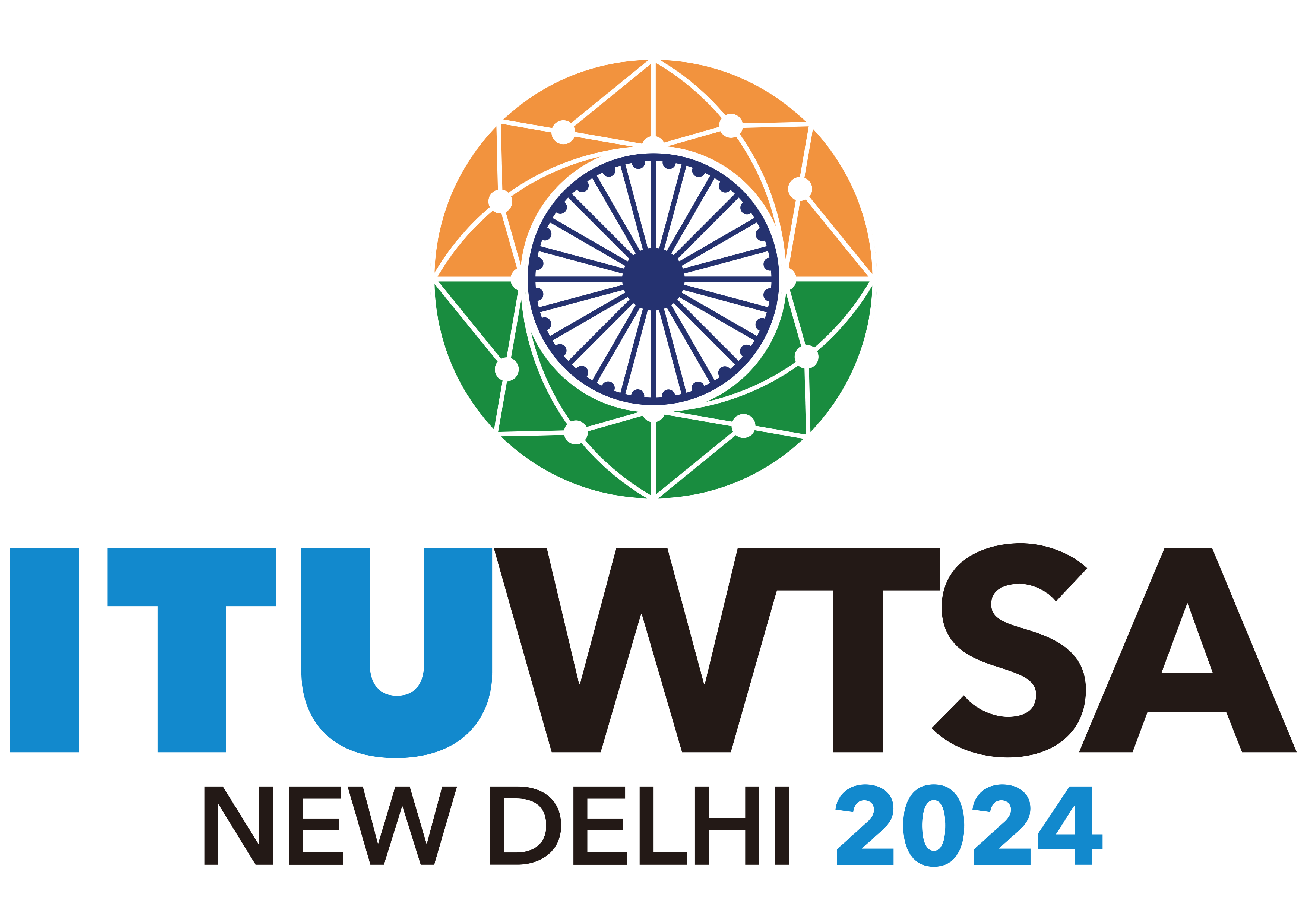by Jagat Dwipendra Ray, M. Sithartha Muthu Vijayan, and Walyeldeen Godah
The area of North-East India and Nepal Himalaya undergoes seasonal deformations due to the variation of surface mass loads induced mainly by annual monsoon precipitation. The present study focuses on comparing seasonal horizontal deformations of the Earth’s surface obtained over the area of North-East India and Nepal Himalaya using Global Positioning System (GPS) and the corresponding ones obtained from Gravity Recovery and Climate Experiment (GRACE) satellite mission data. Seasonal deformations of the Earth’s surface in horizontal components were determined using daily observations from 36 GPS stations located in North-East India and Nepal Himalaya and Release-05 GRACE-based Global Geopotential Models (GGMs). The consistency between these seasonal horizontal deformations was investigated using three statistical metrics, namely: the correlation, Weighted Root Mean Square (WRMS) reduction and Nash–Sutcliffe model Efficiency (NSE). The results obtained indicate that at nearly 89% of GPS stations investigated, positive correlation can be determined between seasonal deformations of the Earth’s surface in the north component obtained from GPS and the corresponding ones from GRACE data. The percentage of WRMS reductions computed from seasonal horizontal deformations of the Earth’s surface obtained using GPS and GRACE data reach ~ 18% and 0.71% in north and east components, respectively. Moreover, we obtain the median value of NSE almost 0.28 for north and − 0.01 for east components. The study finds that seasonal horizontal deformations in the area investigated are controlled by local tectonics, and realizes the need of a realistic Earth model comprising local crustal inhomogeneities and tectonic features for better constraining the surface deformations in this region.
Source: https://link.springer.com/article/10.1007/s40328-020-00331-3
